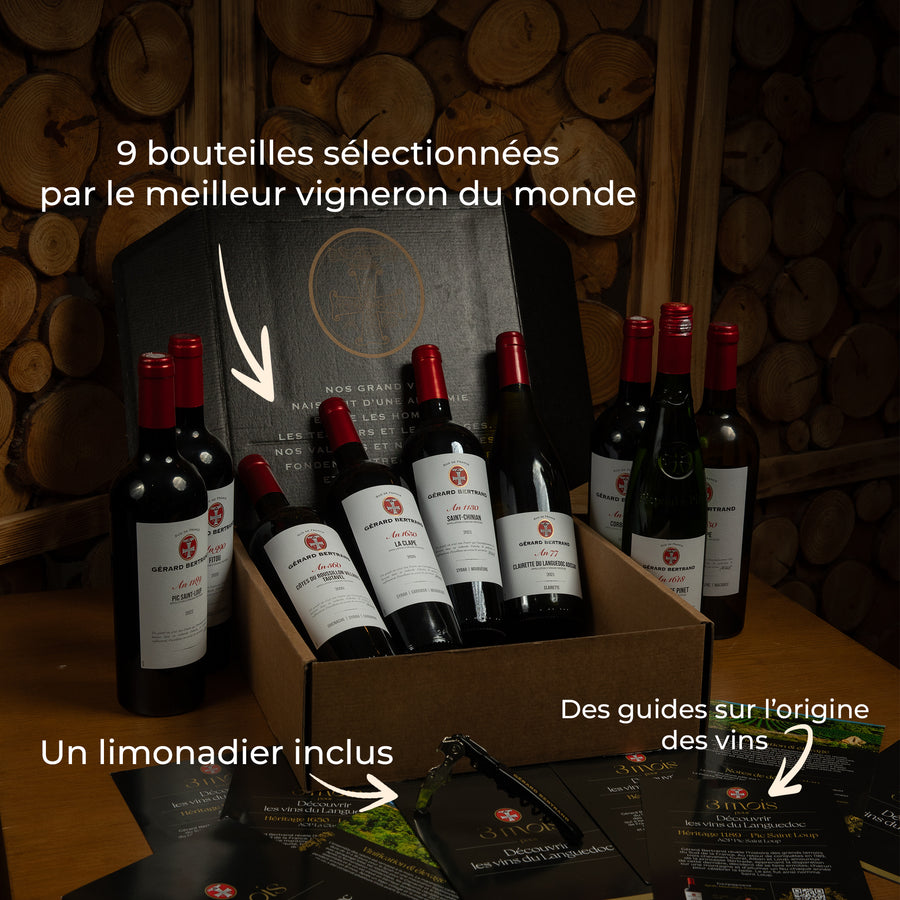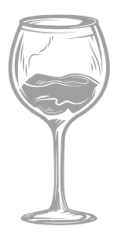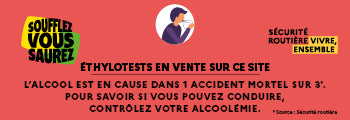How to read a wine label?

Choosing a good wine starts with its identity card: the label. You still need to know how to read between the lines... So before you set your sights on the first bottle you come across and to learn how to decipher the famous little rectangle, here is some information to put under the glass.
Mandatory information
Bottling
To find out where the wine was bottled, and by whom.
- “Bottled at” (château, property, estate, etc.): bottled directly at its place of vinification
- “Bottled by” (producers, winegrowers, merchants, etc.): bottled by a cooperative
- “In the region of”: bottled in the wine’s appellation area
The appellation
This is one of the most important mentions on the label. A certified and controlled label, the appellation is a guarantee of quality to be awarded to wines that meet certain conditions (compliance with specifications, preservation of the terroir). They are classified in ascending order of quality:
- SIG (Without Geographical Indication)
- PGI (Protected Geographical Indication)
- AOC (Appellation of Controlled Origin )
- AOP ( Protected Designation of Origin )
The capacity
Volume of wine contained in the bottle, mentioned in L, cL or mL.
Alcohol content
We are talking here about the degree of alcohol, expressed in degrees or as a percentage of the total volume. Beyond the number, the latter is a good indicator for identifying a rather light or full-bodied wine.
The pregnant woman pictogram
It is found right next to the alcohol content. It is a health warning representing the dangers of alcohol consumption for pregnant women.
Allergens
Mentions allergens present in wine such as sulfites (sulfur dioxide).
Optional mentions
The vintage
It indicates the year the grapes were harvested. Quite useful when you know that some wines are better once they have aged well or when they have benefited from certain climatic conditions.
The name of the farm
This is mandatory for wines with Geographical Indication.
The grape variety
The variety of grape used in making wine: single-varietal for one, multi-varietal for several.
Food and wine pairing suggestions
They are generally found on the back label (on the back of the bottle), they allow you to suggest the dishes that will pair best with the wine.
Production mentions
“Aged in barrels”, “Hand-harvested”, “Old vines”… All provide additional information on production methods.
Sugar content
Most often, the sugar content is indicated for white wines. Rather useful, because it allows you to distinguish dry from sweet.
The lot number
Expressed in letters and numbers, it indicates all the products produced in the same way.
@studioarsene // Marie Ormières
















CHEZ GERARD BERTRAND, tout est parfait. ON s’y sent bien, le domaine est très agréable, Mr BERTRAND très sympathique et les festival jazz une pure beauté, j’y ai vu cette année mon idole IBRAHIM MAALOUF
Continuez et bien le bonjour à PATRICK au magasin, LAURA COULON ET KARINE HAMELIN pour leurs gentillesses respectives
Leave a comment